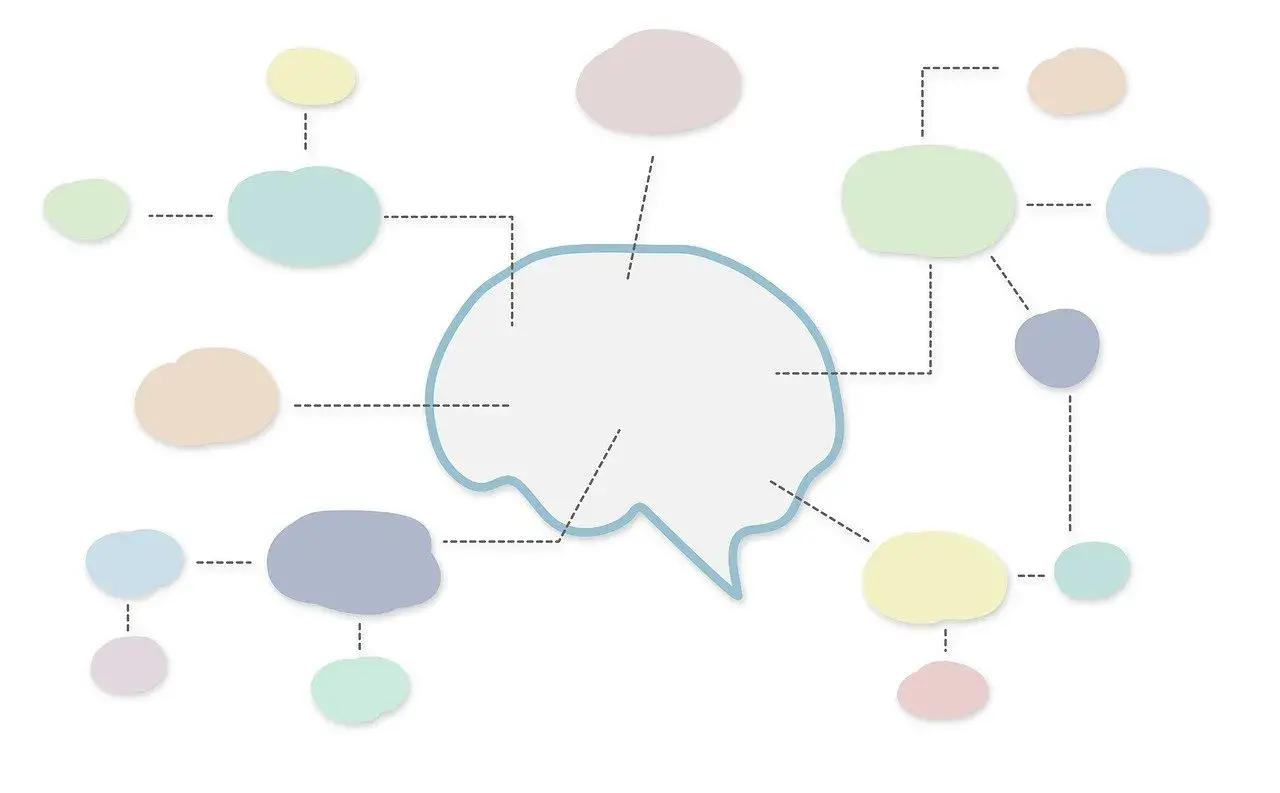Review By Mind Maps
Using mind maps for reviewing can be an effective technique to summarize and consolidate information in a visual and organized way. Here's a step-by-step guide on how to review using mind maps:

Review By Mind Maps
Using mind maps for reviewing can be an effective technique to summarize and consolidate information in a visual and organized way. Here's a step-by-step guide on how to review using mind maps:
1. Identify the main topics: Review the content you want to study and identify the key topics or concepts that need to be reviewed.
2. Create a mind map: Start by creating a mind map with the main topic at the center and add main branches to represent each of the topics you want to review. For example, if you're reviewing for a history exam, your main branches could be different historical periods or important events.
3. Add specific information: Within each main branch, add more detailed information about each topic. Use keywords, short phrases, or images to represent relevant information. This helps keep the mind map concise and easy to review.
4. Establish connections: Use lines or arrows to connect related information between different branches or sub-branches. These connections help show relationships and understand how the topics are interconnected.
5. Use colors and highlights: Use different colors to highlight important information, create categories, or emphasize key points. This can aid in memorization and visualizing the most relevant points.
6. Review and memorize: Use the mind map as a tool to review the topics. Go through the mind map and based on the keywords and visual connections, try to recall the details and information related to each topic. If needed, refer to your notes or study materials to reinforce your knowledge.
7. Regularly review: Establish a regular review schedule to keep the knowledge fresh in your mind. Return to the mind map periodically to review and refresh your memory on the topics.
8. Make additional notes: During the review, if you realize there are important pieces of information missing from the mind map, add them or make notes in a separate location. This will help supplement your mind map and ensure you have all the relevant information at hand.
Remember, the main purpose of the mind map is to provide an overview and visual structure to aid in the review process. Personalize your mind map as needed and experiment with different techniques to find the review style that works best for you. Additionally, remember to complement the use of mind maps with other study techniques such as practice exercises, written summaries, and group discussions for a comprehensive and effective review.
Review By Mind Maps
Blog: Mapas Mentais
Blog: Ferramentas Para Criar Mapas Mentais Online
Blog: MindMaps
| How To Create MindMaps | Review By Mind Maps |
| What Are Mind Maps, and How to Use |